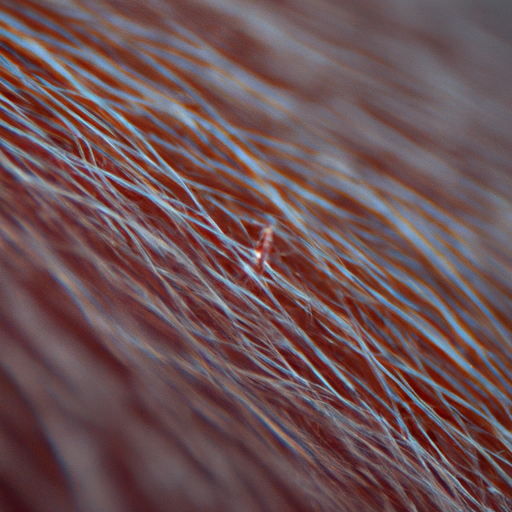Identifying Ticks: What to Look For
When you’re a dedicated caregiver to your canine companion, you are always on the lookout for any signs of discomfort. Ticks, small parasites that attach themselves to your dog’s skin, are one such threat you must vigilantly guard against.
Ticks are tiny, but they can cause significant problems if left untreated. They typically resemble small spiders, are egg-shaped, and range from as tiny as a pinhead to as large as a pencil eraser. When they have fed, they can expand significantly and turn a bluish-gray color.
Ticks can attach anywhere on your dog’s body, but they particularly favor warmer, more hidden areas like the ears, groin, and between toes. Regularly combing your dog’s fur and performing tick checks can help you find and remove these parasites before they cause harm.
The Dangers of Ticks: Why Vigilance is Key
Ticks are more than just a nuisance. They can also transmit diseases like Lyme disease and Rocky Mountain spotted fever. These illnesses can cause a host of symptoms, including fever, fatigue, joint pain, and loss of appetite.
To safeguard your dog’s health, it’s crucial to understand the potential risks and promptly address any tick infestations. Regular vet check-ups can also help detect any tick-borne diseases early.
Tick-Proofing Your Dog: Steps to Take
The best way to protect your dog from ticks is through prevention. Here are some steps you can take:
- Use a tick preventative: Many options are available, from topical treatments to oral medications. Consult with your vet to determine the best choice for your dog.
- Regularly inspect your dog for ticks: Make this a part of your daily routine, especially after walks in wooded or grassy areas.
- Keep your home and yard tick-free: Regularly cleaning your home and maintaining your yard can help reduce the tick population.
Removing Ticks: A Caregiver’s Guide
If you find a tick on your dog, don’t panic. Removing it is a straightforward process.
- Use a pair of fine-tipped tweezers to grasp the tick as close to the skin as possible.
- Pull upwards with steady, even pressure. Avoid twisting or jerking as this can leave parts of the tick in the skin.
- After removal, clean the area with soap and water, then apply an antiseptic to prevent infection.
| Step | Action |
|---|---|
| 1 | Use tweezers |
| 2 | Pull upwards |
| 3 | Clean and apply antiseptic |
FAQs
Q: Can ticks jump or fly onto my dog?
A: No, ticks can’t jump or fly. They typically attach to your dog when he or she walks by, brushing against the tick’s location.
Q: How often should I check my dog for ticks?
A: Ideally, you should check your dog for ticks daily, especially during tick season or after walks in wooded or grassy areas.
Q: What if I can’t remove the entire tick?
A: If parts of the tick remain in your dog’s skin, contact your vet for advice. They may recommend a visit to ensure no infection occurs.
Q: Can a tick harm my dog?
A: Yes, ticks can transmit diseases that can cause serious illness. If you notice changes in your dog’s behavior or health after a tick bite, contact your vet immediately.
Being a compassionate caregiver means being proactive about your dog’s health. By knowing what ticks look like on dogs and how to deal with them, you’re taking a crucial step in ensuring your pet’s well-being.



